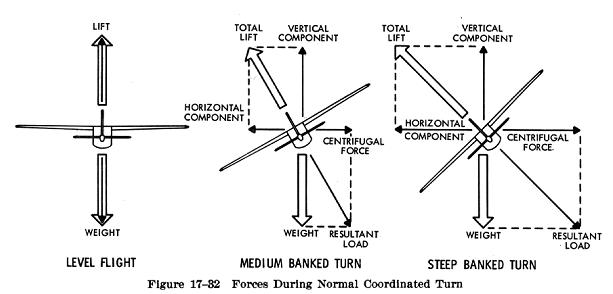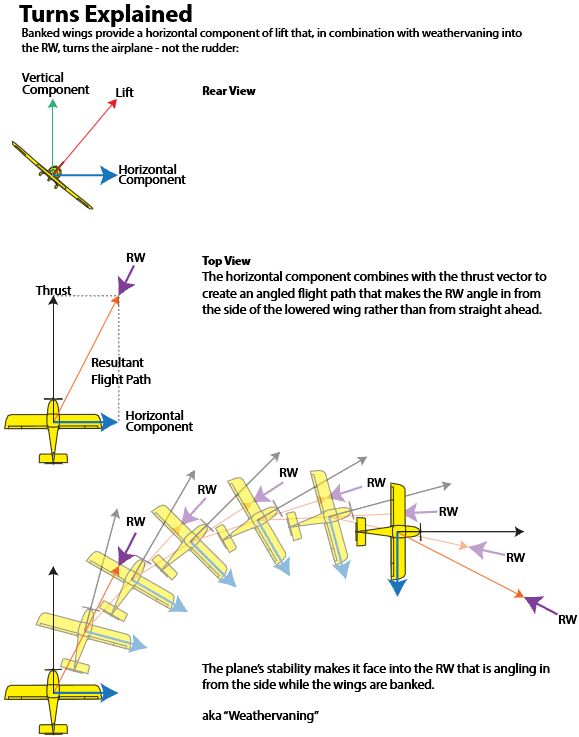fiveoboy01
Pattern Altitude
The "other" thread had me thinking and go easy on me because I'm still a noob pilot...
Someone said the elevator does not turn the aircraft.
My understanding is that it's the horizontal component of lift which actually turns the airplane, so wouldn't that mean the elevator is used to turn the aircraft(once in the bank)? Or is the elevator just used to add enough horizontal lift back in to keep from losing altitude through the turn?
Help me understand what goes on in a turn beyond the basics that I've read in the various manuals and handbooks. And guys let's not try to bicker ok? Thanks
Someone said the elevator does not turn the aircraft.
My understanding is that it's the horizontal component of lift which actually turns the airplane, so wouldn't that mean the elevator is used to turn the aircraft(once in the bank)? Or is the elevator just used to add enough horizontal lift back in to keep from losing altitude through the turn?
Help me understand what goes on in a turn beyond the basics that I've read in the various manuals and handbooks. And guys let's not try to bicker ok? Thanks









